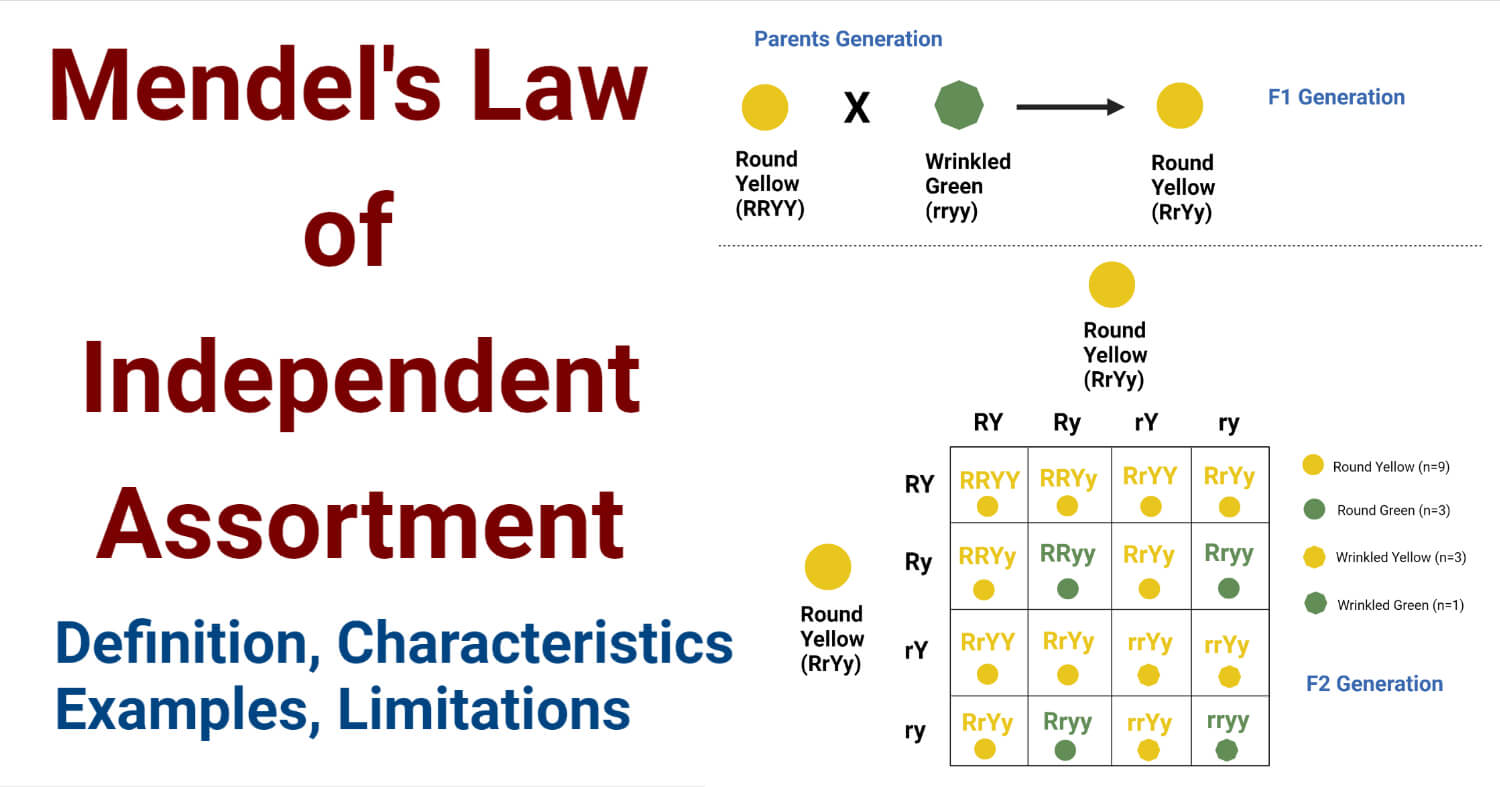

Using a Punnett square, perform a cross between two F 1 offspring. Using a Punnett square, perform a cross between a homozygous purple parent and yellow parent. List the genotype for the parent and F 1 generations. Look for the check marks in the phenomenon section. For the questions you didn’t answer, write down notes about what it would take to get an answer.

Place a check mark by the questions you could answer using the information from the data table. The law of segregation is also used when identifying the specific trait of kernel color.Įxamine the questions you asked after observing the parent generation of corn ears. The law of dominance is the primary law because we are comparing the ratio of the purple phenotype to the yellow phenotype. Which of Mendel’s laws is being investigated? Support your answer. Yellow is recessive because it does not show up in the parental cross (F 1 generation), and there are 3 times fewer yellow kernels in the F 2 generation. Purple is dominant because there are three times more purple kernels.īased on your data for the F 2 generation, which phenotype appears to be recessive? What evidence supports that claim? The phenotype breakdown for the purple: yellow cross consists of 3 purple (dominant) and 1 yellow (recessive).īased on your data for the F 2 generation, which phenotype appears to be dominant?What evidence supports that claim? When the F 1 kernels are planted and allowed to freely cross-pollinate, the recessive phenotype reappears in the resulting F 2 ears in a 3:1 ratio. The F 1 of the purple: yellow cross expresses the purple phenotype and looks like the purple parent stock, but it carries the recessive allele for yellow.

Students will gather data on two monohybrid crosses: purple crossed with yellow, and the resulting F 1 crossed with F 1 corn. Since there are generally 200 or more kernels per ear, it takes only a few ears to produce reliable data. This means students can immediately begin collecting data without performing genetic crosses themselves. Each kernel on an ear of genetic corn represents an offspring. Purple corn is the result of a dominant allele, and yellow corn is the result of the recessive allele of the same gene. The phenotypes typically used involve the color or shape of the kernel.Ĭarolina maintains parental stocks of yellow and purple corn colors. Corn kernels express numerous phenotypes that are easy to recognize. Corn is the ideal organism for introducing students to Mendelian genetics.


 0 kommentar(er)
0 kommentar(er)
